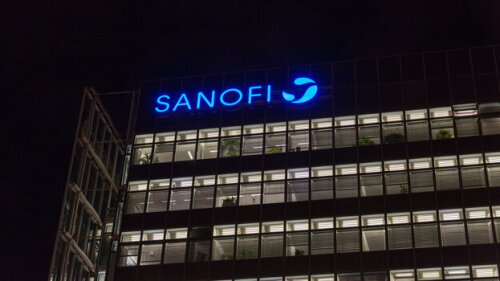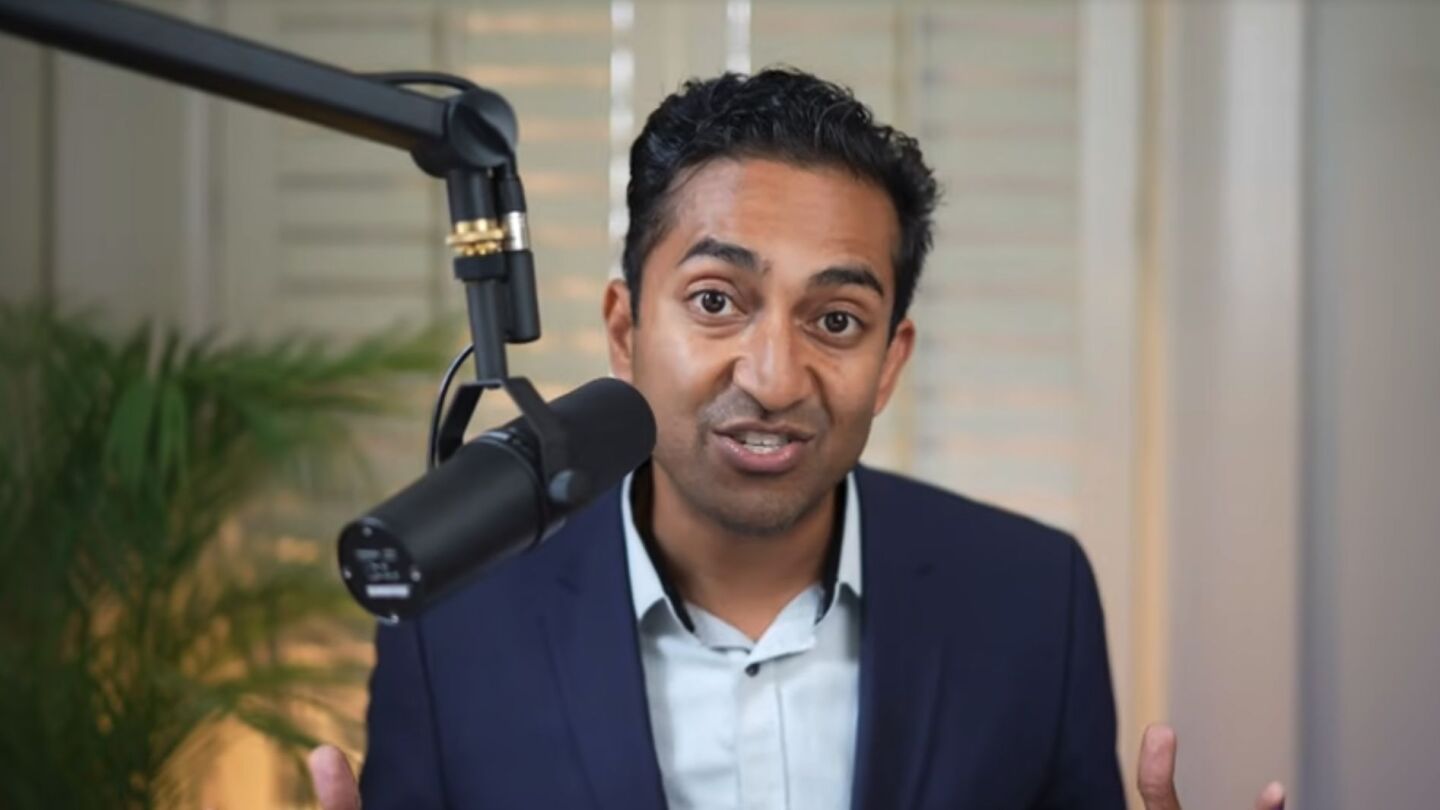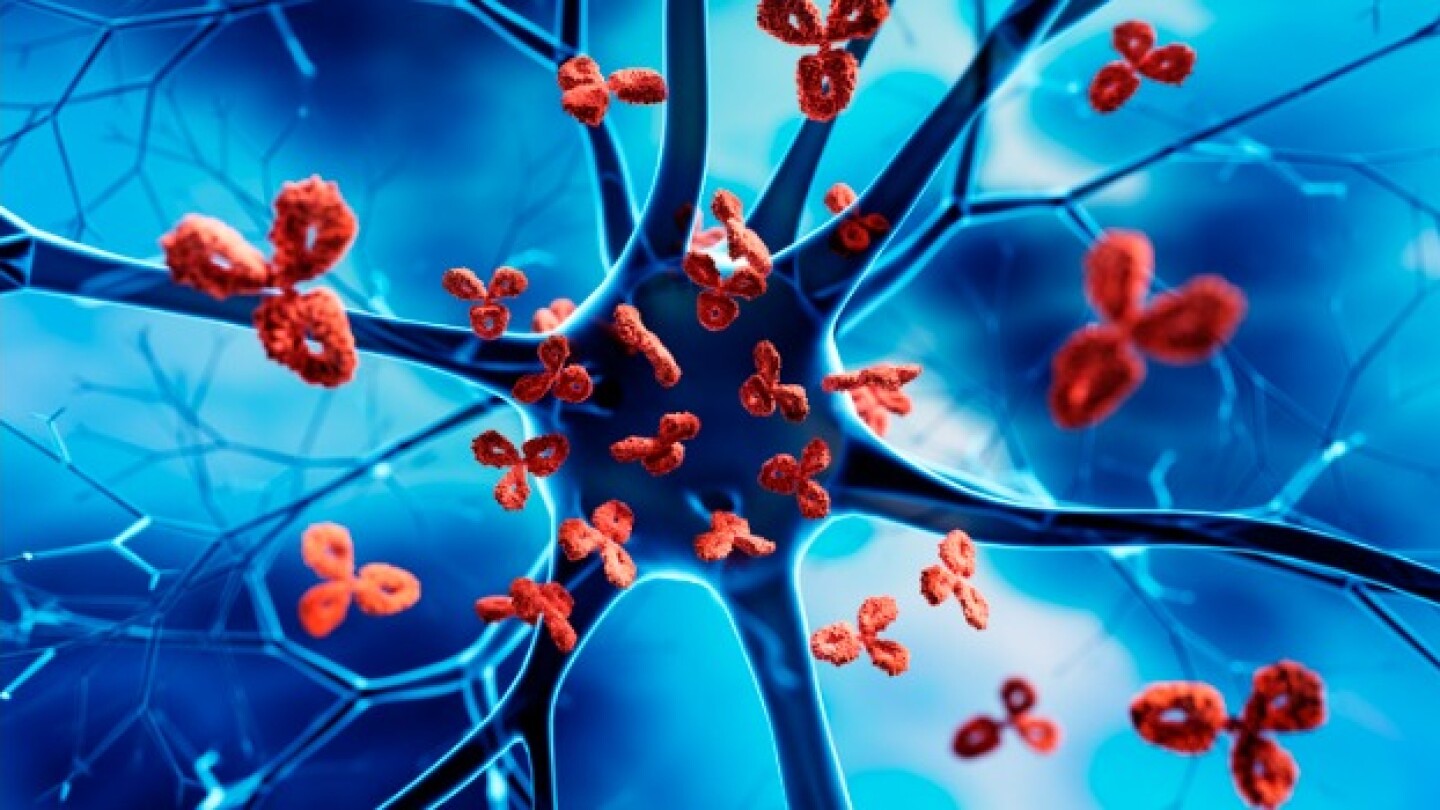News
Speaking on Bloomberg TV on Monday, FDA Commissioner Marty Makary contradicted recent reporting that suggested the agency was planning to add a black box label—its most serious warning—to COVID-19 vaccines.
FEATURED STORIES
In the midst of regulatory and political upheaval, biopharma’s R&D engine kept running, churning out highs and lows in equal parts. Here are some of this year’s most glorious clinical trial victories.
With notable therapies from Biogen, Sarepta and MacroGenics failing to show efficacy in pivotal or confirmatory trials, experts question the use of biomarker evidence for approval while one former regulator insists that a “failed trial is not a failed drug.”
Coming up in the back half of December, the FDA will issue a verdict on Vanda Pharmaceuticals’ gastroparesis drug tradipitant, which it rejected last September, triggering a very public dispute with the company.
FROM OUR EDITORS
Read our takes on the biggest stories happening in the industry.
With five CDER leaders in one year and regulatory proposals coming “by fiat,” the FDA is only making it more difficult to bring therapies to patients.
THE LATEST
Varegacestat, a gamma secretase inhibitor, significantly improved progression-free survival while also meeting all key secondary endpoints in the pivotal RINGSIDE trial. Immunome is planning an FDA application for the second quarter of 2026.
Sanofi bought Dren’s DR-0201 program earlier this year for $600 million upfront and is running two Phase I trials in undisclosed inflammatory indications.
Vyvgart, an FcRn inhibitor already approved for generalized myasthenia gravis, is also being tested in myositis, Sjögren’s disease and the “clinically related” Graves disease.
Sanofi’s multiple sclerosis hopeful tolebrutinib faced dual setbacks on Monday, with a late-stage failure in one form of the disease and yet another regulatory setback in another.
The FDA had previously turned back the heart rhythm nasal spray twice, once in late 2023 with a refusal to file letter and again in March this year, when it flagged manufacturing issues.
For $950 million upfront, Sobi will gain ownership to pozdeutinurad, an oral URAT1 inhibitor that performed well in Phase II studies.
The FDA’s Vinay Prasad recently claimed in an internal memo that at least 10 children have died from coronavirus vaccines, but an internal safety review showed that the count was much lower.
Every year in biopharma brings its share of grueling defeats, and 2025 was no different, especially for companies targeting neurological diseases. Some failures split up partners, and one particularly egregious case even led to the demise of an entire company.
The loss of domvanalimab is the latest in a string of high-profile failures recorded across the biopharma world for the TIGIT modality, including from GSK, Merck and Roche.
Generalized myasthenia gravis is Uplizna’s second new indication this year, after the FDA cleared the anti-CD19 antibody for IgG4-related disease in April.






















